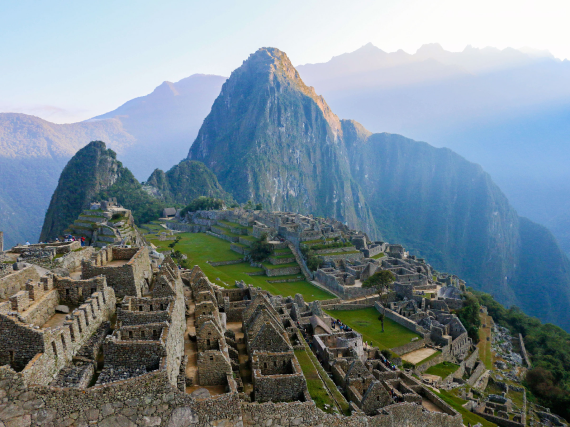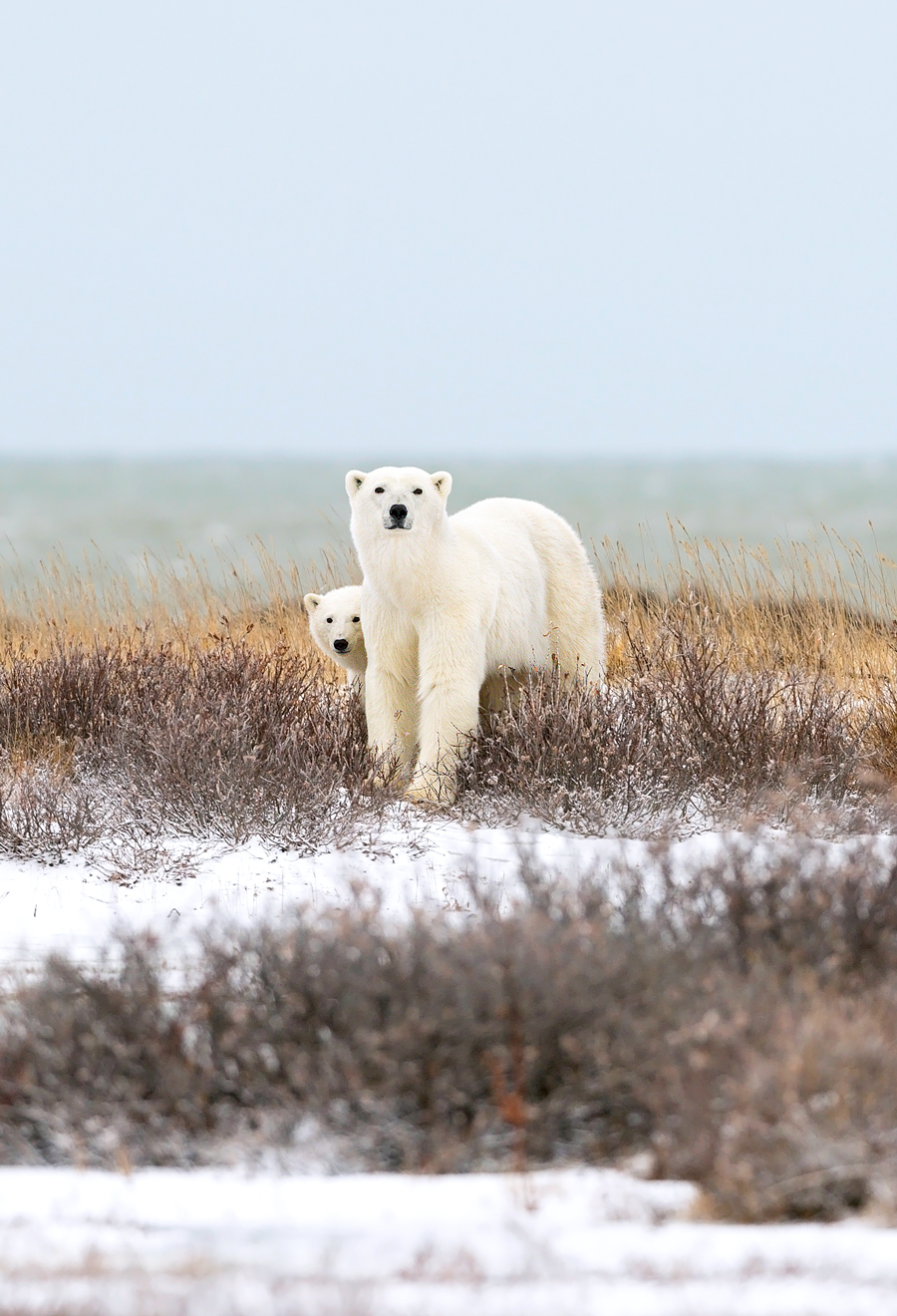During the depths of winter, many of us may be left dreaming of warmer places. But to some people, where you live is the warmer place. In the coldest towns on the planet, the average temperature drops to a bone-chilling -50 — yes, negative 50 — degrees Fahrenheit. Bundle up and read on to discover the coldest inhabited places on the planet.
Baie-James, Quebec, Canada
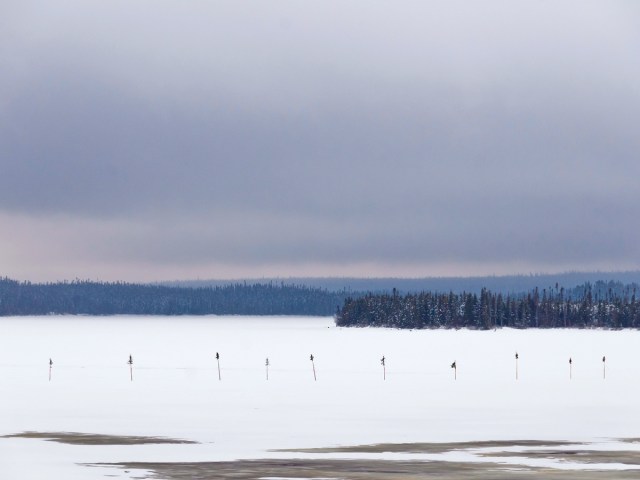
Coldest month average temperature: -18.0 degrees (February)
Warmest month average: 36.0 degrees (September)
The Indigenous Cree peoples of Canada have inhabited Baie-James, or James Bay, for thousands of years. The landscape — a mix of waterways, tundra, and taiga — lent itself to the traditional lifestyles of hunting, fishing, and trapping. Today, Baie-James is also known for winter sports, with tourists coming to snowshoe, snowmobile, and hunt for the northern lights. Additionally, it’s home to one of the largest underground hydroelectric power stations in the world.
Tosontsengel, Mongolia

Coldest month average temperature: -24.9 degrees (January)
Warmest month average: 62.8 degrees (July)
Founded in 1923, Tosontsengel once had a claim to fame aside from just being frigid. From 2004 to 2020, the town held a world record for the highest recorded surface air pressure (1,089.4 millibars) at elevations above 750 meters (2,461 feet). However, another town in Mongolia, Tsetsen-Uul, located about 150 miles away, broke the record in 2020. Located at an altitude of 5,653 feet, Tosontsengel is tucked into a valley between heavily forested mountains.
Salekhard, Russia
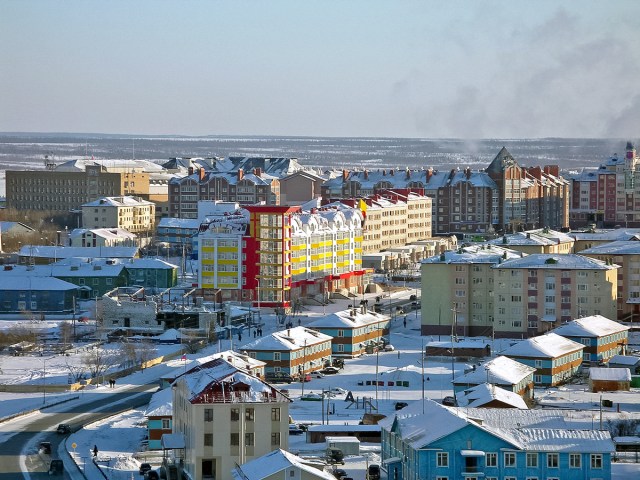
Coldest month average temperature: -9.9 degrees (January)
Warmest month average: 62.2 degrees (July)
Salekhard was founded in 1595 and became an official city in 1938. It’s considered the Arctic capital of Russia. Even though it’s in the Arctic, Salekhard serves as an important port city and a base for the gas fields of western Siberia, and locals enjoy high pay rates (about double the mean pay in Russia). The first five-story building was built in Salekhard in the late 1990s, and since then, growth has skyrocketed, with a population nearing 50,000 today.
Churchill, Manitoba, Canada
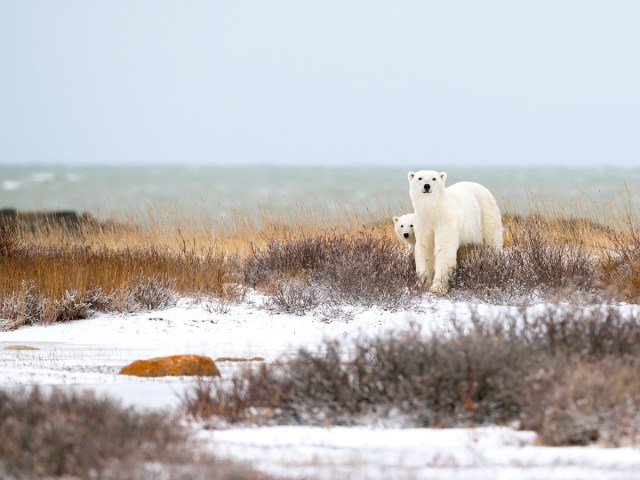
Coldest month average temperature: -9.6 degrees (December)
Warmest month average: 57.9 degrees (July)
If you want to visit Churchill, you have to like both trains and bears. The remote Canadian city is only accessible by rail, and the residents often find themselves sharing their town with polar bears. The bears spend the summer on land when the ice in Hudson Bay melts, and when they return to the water in the winter, their path often takes them right though downtown Churchill. The 900 or so residents — and many tourists who come to enjoy the northern lights and polar bear sightings — all seem to have a story about a polar bear encounter.
Klyuchi, Russia
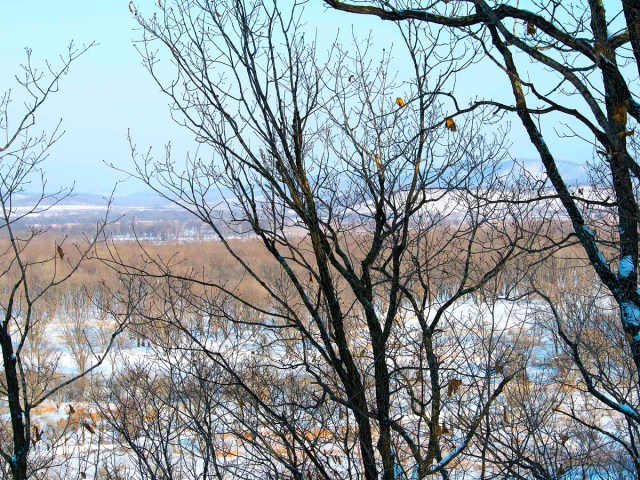
Coldest month average temperature: -2.4 degrees (January)
Warmest month average: 60.6 degrees (July)
Klyuchi was built in the 1700s and has been inhabited ever since, either by the local Indigenous population, the military, or tourists who come to see the always-smoking Klyuchevskaya Sopka, one of the world’s tallest active volcanoes. Today, the town mostly consists of modest one- or two-floor houses that are regularly covered in snow. There’s one hotel in town, and you need a special permit to visit if you aren’t a permanent resident.
Naryn, Kyrgyzstan
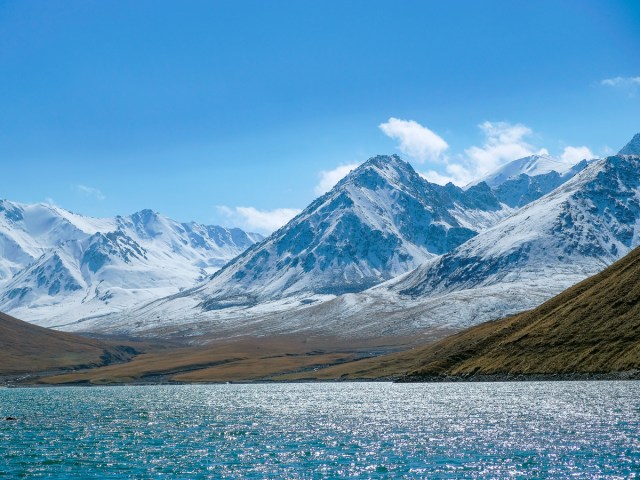
Coldest month average temperature: -0.1 degrees (January)
Warmest month average: 64.9 degrees (July)
About 40,000 people live in Naryn, the administrative center of the Naryn Province, the largest in Kyrgyzstan. Surrounded by mountains, the city is divided by the country’s longest river, the Naryn River, and is well appointed with museums, administration buildings, and other institutions. Naryn didn’t actually become a city until the 1800s; when it was first founded, it was just a small fort on a trade route to Asia.
Aasiaat, Greenland
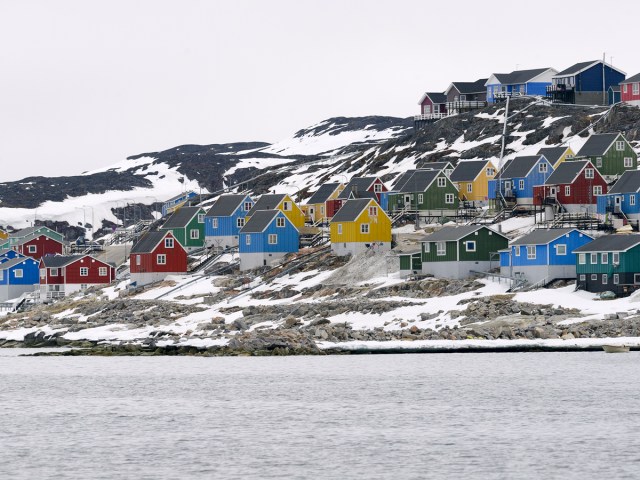
Coldest month average temperature: 1.4 degrees (February)
Warmest month average: 43.3 degrees (July)
Typical of many towns in Greenland, the seaside homes in Aasiaat sport a riotous array of bold colors sticking out on an otherwise gray, rocky landscape. The town was founded in 1759 as a trading post and is a prime spot in the country for whale watching. Every year, Aasiaat hosts the Midnight Sun Marathon, a marathon where participants have to run the track multiple times because there’s not enough space to have one full marathon route. In the winter, that same track is used for cross-country skiing.
Coral Harbour, Nunavut, Canada
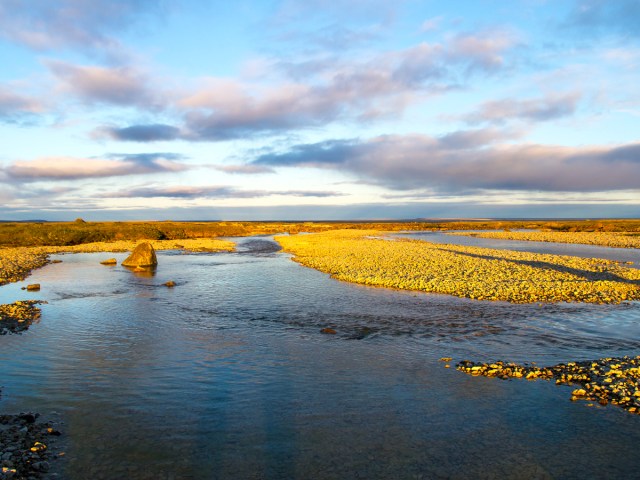
Coldest month average temperature: -22.5 degrees (February)
Warmest month average: 48.9 degrees (July)
Though the small island town of Coral Harbour has been inhabited by local Inuit communities for thousands of years, it was officially established as a trading post in Canada’s Nunavut territory in 1924. When World War II began, the United States built an Air Force base there, which is now the town’s municipal airport. Today, the town is home to around 1,000 people and is also known for a fossil trail and for two bird sanctuaries.
Karasjok, Norway
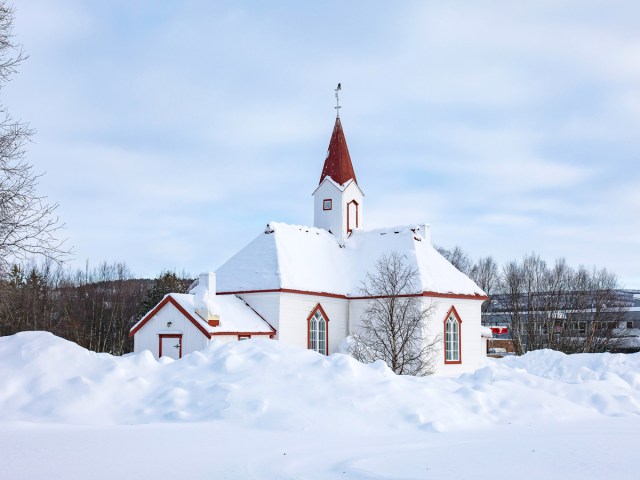
Coldest month average temperature: 4.3 degrees (December)
Warmest month average: 56.1 degrees (July)
Karasjok is the capital of the Indigenous Sami peoples in Norway. Here, you can find the Sami parliament, a Sami library, a Sami theme park, a Sami radio station, and a Sami museum. Approximately 90% of residents also speak the Sami language. Reindeer are a common sight in town — with about 60,000 of them grazing in and around the city, they greatly outnumber the 2,900 or so human residents of Karasjok.
Oymyakon, Russia
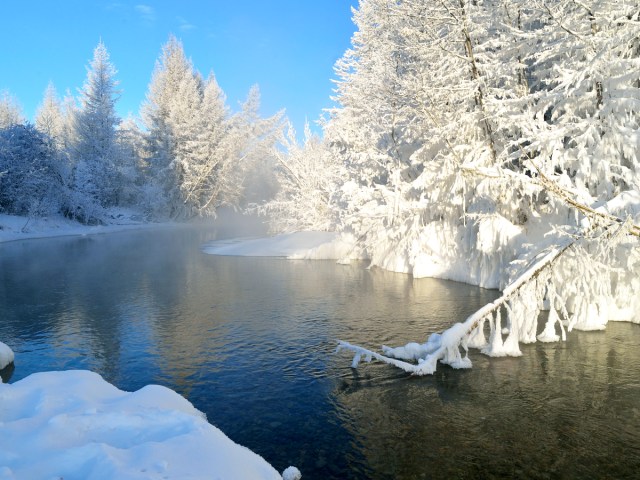
Coldest month average temperature: -53.3 degrees (January)
Warmest month average: 56.3 degrees (July)
Oymyakon is the coldest inhabited place on Earth. Only about 500 people live in Oymyakon, and the name for the town defies its defining characteristic — it translates to “unfrozen water.” If you’re brave enough to want to visit, be prepared for a long journey — the road to get there is barren, and you have to drive it for two days.
About the data: All temperature averages above are determined from the National Oceanic and Atmospheric Administration’s Global Historical Climatology Network data accurate as of 2017, as reported by 24/7 Wall Street and USA Today.
More from our network
Daily Passport is part of Inbox Studio, which publishes content that uplifts, informs, and inspires.

